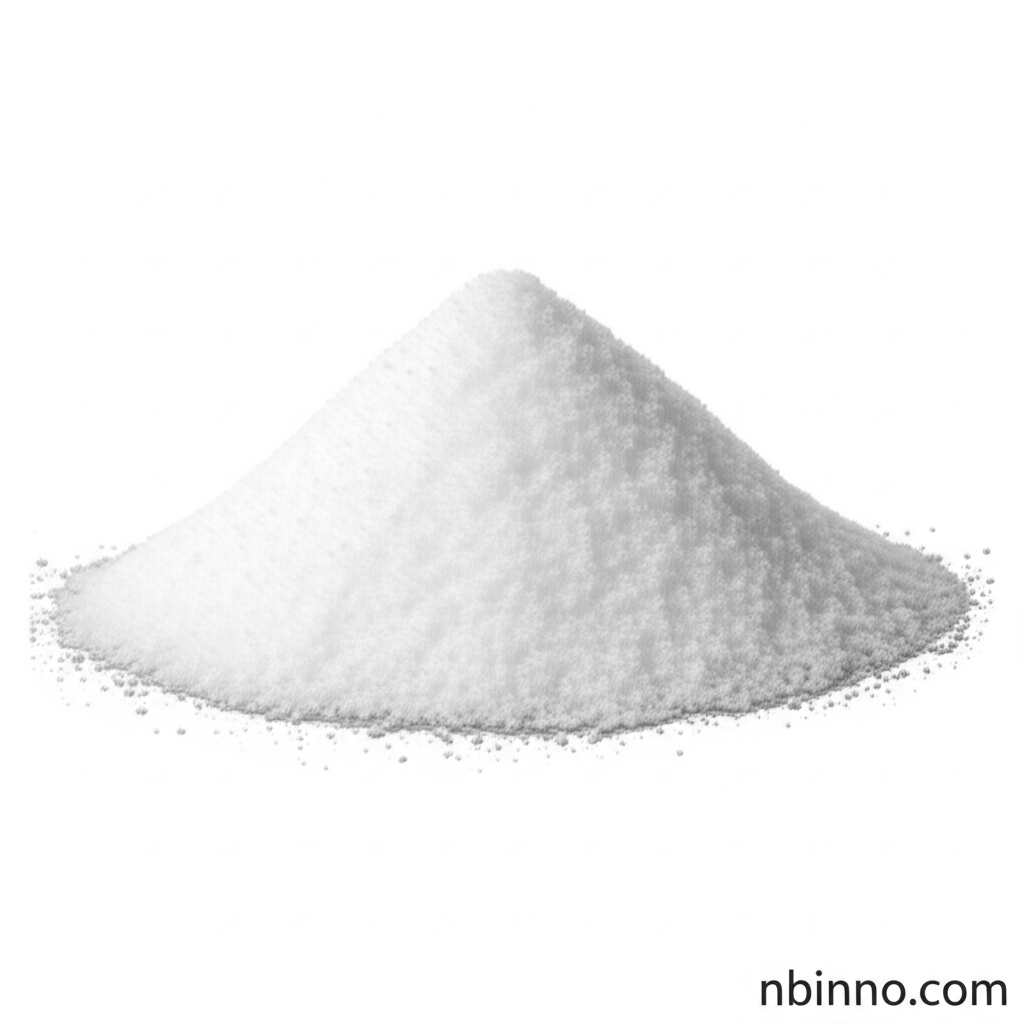Sulfanilamide (CAS 63-74-1): Synthesis and Action
Discover the core synthesis and mechanism of action of this foundational sulfa drug.
Get a Quote & SampleProduct Core Value

Sulfanilamide
Sulfanilamide (CAS 63-74-1) is a vital synthetic antimicrobial agent, pivotal in establishing the concept of metabolic antagonism. Its synthesis involves intricate chemical pathways, offering insights into modifying reactivity for pharmaceutical applications.
- Synthesis of Sulfanilamide involves modifying aniline reactivity for electrophilic aromatic substitution, a key step in creating pharmaceutical intermediates.
- Understanding the sulfanilamide PABA folic acid interaction is crucial for grasping its mechanism as an antimetabolite.
- The synthesis of sulfa drugs, including sulfanilamide, laid the groundwork for many modern therapeutic agents.
- Sulfanilamide CAS 63-74-1 pharmaceutical applications highlight its historical and ongoing importance in medicine.
Key Advantages
Metabolic Antagonism
Sulfanilamide functions as an antimetabolite, competitively blocking bacterial folic acid synthesis by mimicking PABA, which is essential for bacterial growth.
Selective Toxicity
The drug exhibits selective toxicity, exploiting the difference in folic acid metabolism between bacterial and mammalian cells, making it effective against infections.
Pharmaceutical Intermediate
As a core sulfa drug, its synthesis and properties serve as a basis for developing numerous other sulfonamide derivatives with diverse therapeutic uses.
Key Applications
Antimicrobial Therapy
Sulfanilamide is a cornerstone in antimicrobial therapy, historically used to combat bacterial infections by inhibiting essential metabolic pathways.
Drug Synthesis
It serves as a critical intermediate in the synthesis of a broad spectrum of pharmaceuticals, including diuretics and antimalarial agents.
Research and Development
Studying the sulfanilamide synthesis mechanism and its mode of action continues to be vital for advancing antimicrobial drug discovery.
Chemical Intermediate
Its well-defined chemical structure makes it a valuable building block in various organic synthesis processes within the chemical industry.
